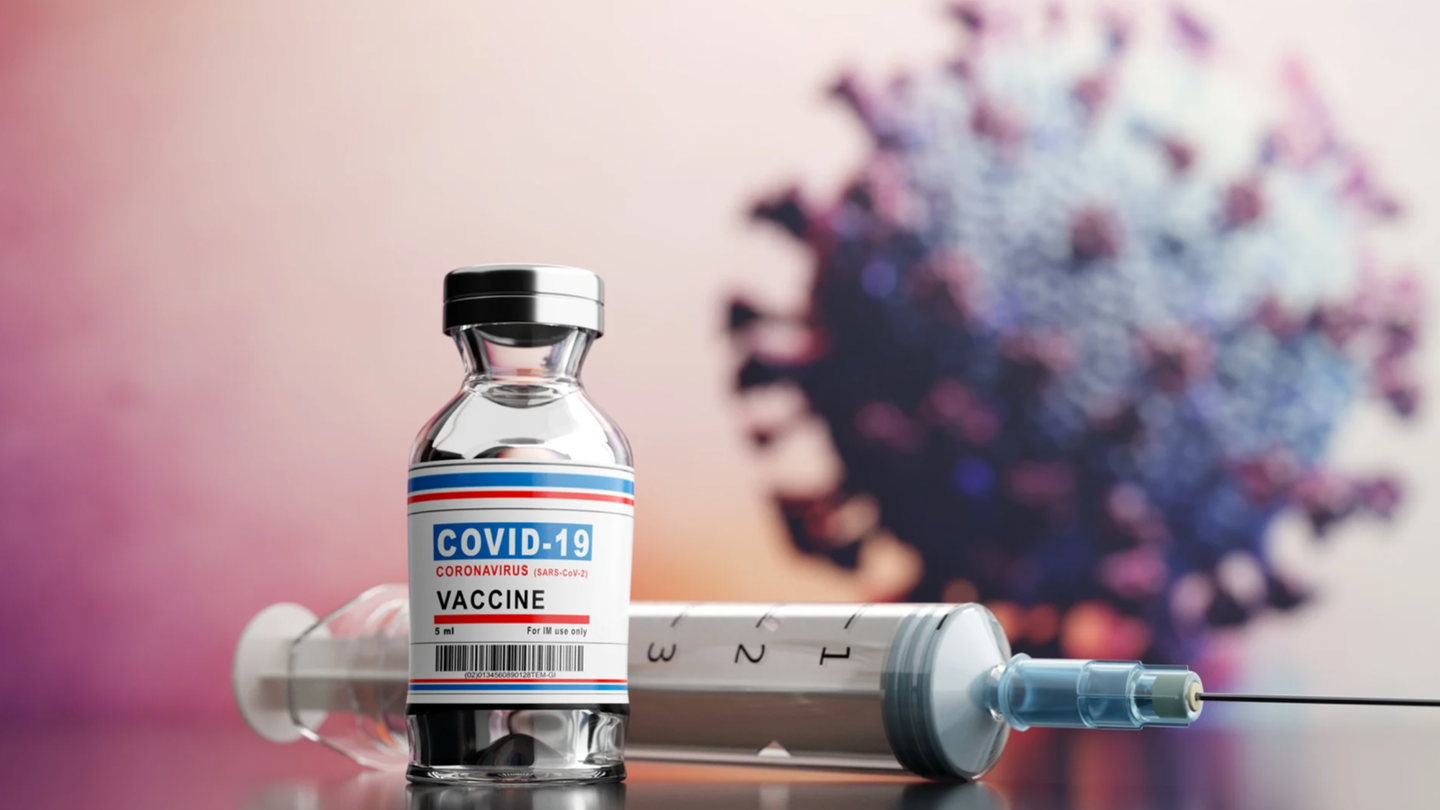Global study finds COVID vaccination spared millions from early death worldwide
A global study reveals COVID-19 vaccines prevented 2.5 million deaths and saved 14.8 million years of life worldwide between 2020 and 2024.

Global study finds COVID vaccines saved 2.5M lives and 14.8M life-years from 2020–2024. (CREDIT: CC BY-SA 4.0)
In just four years, vaccines against COVID-19 prevented more than 2.5 million deaths worldwide. A groundbreaking new study puts a number to the impact many hoped for during the darkest days of the pandemic. It reveals that vaccinations didn’t just protect against illness—they preserved nearly 15 million years of human life.
Published in JAMA Health Forum, the research offers the first global estimate of both lives saved and life-years gained through COVID-19 vaccination between 2020 and 2024. The findings came from an international collaboration led by Professor Stefania Boccia, a public health expert at Università Cattolica, with key contributions from Dr. Angelo Maria Pezzullo and Dr. Antonio Cristiano.
Both researchers spent time at Stanford University working with Professor John P.A. Ioannidis, director of the Meta-Research Innovation Center (METRICS), as part of a European Union-funded project focused on precision health. Their work provides clarity to a question that’s been debated since the beginning of the vaccine rollout: just how many lives were saved?
The Numbers Behind Vaccine Impact
The study’s estimates are based on real population data and fewer assumptions than many earlier models. According to the results, for every 5,400 doses of COVID-19 vaccine administered, one death was prevented. That adds up to 2.533 million deaths averted across the globe from 2020 to 2024. Most importantly, vaccines preserved 14.8 million years of life—about one year of life saved for every 900 doses given.
These figures include the Omicron period, which began in late 2021. Over half of all lives saved—about 57%—happened during the Omicron wave, a variant known for being more infectious but often less severe. Yet even during that time, vaccines continued to make a meaningful difference.
Eighty-two percent of the lives saved involved people who were vaccinated before they caught the virus. And almost 90% of those lives saved were individuals aged 60 and older, highlighting how essential vaccines have been in protecting older adults.
Related Stories
- New portable testing device rapidly detects HIV and COVID-19 with high accuracy
- Scientists discover why long COVID affects lungs differently
- Wuhan market samples provide new evidence of COVID-19 origins
Building a More Complete Picture
“Before ours, several studies tried to estimate lives saved by vaccines with different models and in different periods or parts of the world,” said Professor Boccia. “But this one is the most comprehensive because it is based on worldwide data. It also covers the Omicron period, calculates the number of years of life saved, and is based on fewer assumptions about the pandemic trend.”
Most earlier analyses looked only at the early vaccine rollout and often focused on specific countries or regions. They lacked solid estimates for how many years of life were saved and relied on hypothetical models that didn’t fully reflect changing variants and real-world vaccine coverage.
Dr. Pezzullo and his colleagues took a different path. They examined actual global population data and developed a range of estimates using multiple statistical techniques. These allowed them to separate groups based on when people were vaccinated, whether they got infected before or after Omicron emerged, and whether they survived.
They also considered age at death, which helped estimate the number of life-years gained through vaccination. “We compared this data with estimated data modeled in the absence of COVID vaccination,” explained Dr. Pezzullo. “We were then able to calculate the numbers of people who were saved by COVID vaccines and the years of life gained as a result of them.”
Who Gained the Most?
The elderly saw the biggest benefit from COVID-19 vaccines. People over 60 accounted for 76% of all life-years saved. They also made up nearly 90% of total lives saved. These results confirm what health experts emphasized during the vaccine rollout: older adults face the highest risk of death from COVID-19 and gain the most protection from being vaccinated.
Surprisingly, residents in long-term care facilities accounted for just 2% of the life-years saved. Despite their early prioritization for vaccination, this group contributed only a small portion of the total benefit.
In contrast, children and adolescents were the least impacted. Only 0.01% of lives saved and 0.1% of life-years preserved came from people under 18. Young adults aged 20–29 contributed a similarly small share—just 0.07% of lives saved and 0.3% of life-years.
While this may seem minor, it supports the idea that COVID-19 posed less risk to younger people in general. However, their vaccinations still played a role in reducing transmission, protecting others, and helping society return to normal.
A Realistic View of Vaccine Benefits
These new estimates are more conservative than earlier studies. Many previous models focused only on the first year of vaccination, a time when the world was in crisis mode and hopes were high. But Professor Boccia believes their study paints a more accurate picture of long-term impact.
“These estimates are substantially more conservative than previous calculations that focused mainly on the first year of vaccination,” she said. “But [they] clearly demonstrate an important overall benefit from COVID-19 vaccination over the period 2020–2024. Most of the benefits, in terms of lives and life-years saved, have been secured for a portion of the global population who is typically more fragile—the elderly.”
What makes this work especially meaningful is its scope. The study includes multiple regions, the rise of new variants, and a careful breakdown by age. It avoids bold claims based on untested scenarios, instead sticking to grounded statistical comparisons and actual demographic data.
The researchers also worked across borders and institutions. The study was supported by the “European network staff eXchange for integrAting precision health in the health Care sysTems–ExACT” project. Funded by the European Research Excellence Programme through the Marie Skłodowska-Curie RISE initiative, this collaboration brought together experts in epidemiology, statistics, and public health.
Why These Numbers Matter
Knowing how many lives were saved by vaccines is not just a question for scientists—it affects how the public views health policy, how leaders prepare for future outbreaks, and how resources are allocated across countries. This research also helps build trust in science.
During the pandemic, vaccines became a target of misinformation and political debate. Clear, carefully calculated numbers based on worldwide data help people understand their true value.
They also offer lessons for the future. As the world faces new health threats, knowing how to measure the success of interventions can guide quicker, more effective responses. The COVID-19 vaccine campaign may never be fully measured in numbers alone, but this study gets close.
Its message is simple: vaccines saved millions of lives, preserved millions more years of life, and protected those who needed it most.
Note: The article above provided above by The Brighter Side of News.
Like these kind of feel good stories? Get The Brighter Side of News' newsletter.



